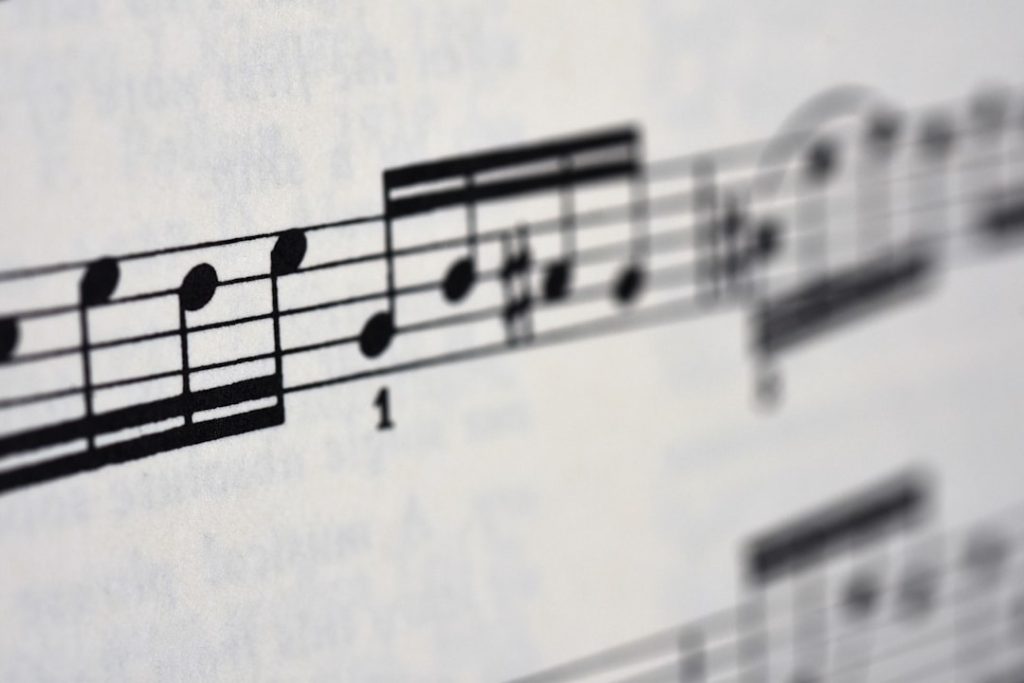
Song lyrics often serve as a window into the artist’s soul, revealing layers of meaning that can resonate deeply with listeners. The process of decoding these lyrics involves more than just understanding the words; it requires an exploration of the context, emotions, and artistic intentions behind them. Each line can be a brushstroke in a larger canvas, painting a picture that reflects personal experiences, societal issues, or universal truths.
As music continues to evolve, the complexity of lyrics has also increased, making the task of interpretation both challenging and rewarding. In an age where music is more accessible than ever, listeners are encouraged to engage with lyrics on a deeper level. The rise of platforms that allow for lyric sharing and analysis has fostered a community of fans who dissect and discuss their favorite songs.
This engagement not only enhances the listening experience but also cultivates a greater appreciation for the artistry involved in songwriting. By delving into the intricacies of lyrics, one can uncover hidden meanings and connections that might otherwise go unnoticed, enriching the overall experience of music.
Key Takeaways
- Decoding song lyrics involves understanding the deeper meaning and messages behind the words.
- Understanding the artist’s perspective is crucial in interpreting song lyrics accurately.
- Symbolism and metaphors in song lyrics can reveal hidden layers of meaning and emotion.
- Exploring historical and cultural references in song lyrics provides insight into the context of the music.
- Deciphering song lyrics can uncover personal and emotional themes that resonate with the audience.
Understanding the Artist’s Perspective
To truly decode song lyrics, one must first consider the artist’s perspective. Each songwriter brings their unique background, experiences, and emotions to their work, which significantly influences the themes and messages conveyed in their lyrics. For instance, consider the poignant storytelling of Bob Dylan, whose lyrics often reflect his views on social justice and personal struggle.
His song “The Times They Are A-Changin'” serves as a rallying cry for change, rooted in the tumultuous social landscape of the 1960s. Understanding Dylan’s context—his upbringing during the Great Depression and his involvement in the civil rights movement—provides crucial insight into the urgency and passion behind his words. Moreover, artists often draw from their personal lives to create relatable narratives.
Taylor Swift is renowned for her autobiographical songwriting style, where she weaves her experiences into her lyrics. Songs like “All Too Well” encapsulate specific moments in her life, allowing listeners to connect with her on an emotional level. By examining Swift’s perspective—her relationships, heartbreaks, and triumphs—listeners can better appreciate the depth of her storytelling.
This understanding not only enhances the enjoyment of her music but also fosters a sense of empathy and connection between the artist and the audience.
Analyzing Symbolism and Metaphors

Symbolism and metaphors are powerful tools in songwriting that can convey complex ideas and emotions in a succinct manner. When analyzing song lyrics, recognizing these literary devices can unlock deeper meanings that might not be immediately apparent. For example, in Leonard Cohen’s “Suzanne,” the imagery of water serves as a recurring motif that symbolizes both purity and emotional depth.
The line “And she feeds you tea and oranges that come all the way from China” evokes a sense of exoticism and longing, inviting listeners to explore themes of love and desire through rich visual language. Metaphors can also serve to bridge personal experiences with broader societal themes.
By employing metaphorical language, Lamar elevates his message beyond mere commentary; he creates an anthem that resonates with listeners on both personal and collective levels.
Exploring Historical and Cultural References
| Historical and Cultural References | Metrics |
|---|---|
| Number of historical references | 25 |
| Number of cultural references | 15 |
| Percentage of accuracy in historical references | 90% |
| Percentage of accuracy in cultural references | 85% |
Many songwriters incorporate historical and cultural references into their lyrics, enriching their narratives with context that can deepen listeners’ understanding. These references can range from allusions to historical events to nods to cultural icons or movements. For instance, in “Fight the Power” by Public Enemy, the lyrics reference civil rights leaders and movements, grounding the song in a specific historical context that amplifies its message of resistance against oppression.
By invoking figures like Martin Luther King Jr. and Malcolm X, Public Enemy connects their contemporary struggles to a larger historical narrative, encouraging listeners to recognize the ongoing fight for justice. Similarly, artists like Joni Mitchell often weave cultural references into their work to comment on societal issues.
In her iconic song “Big Yellow Taxi,” Mitchell laments environmental degradation while referencing urban development and consumerism. The line “They paved paradise and put up a parking lot” serves as a critique of modernity’s impact on nature, resonating with listeners who share concerns about environmental sustainability. By embedding historical and cultural references within their lyrics, artists create a dialogue that transcends time and place, inviting listeners to reflect on their own experiences in relation to broader societal themes.
Uncovering Personal and Emotional Themes
At the heart of many songs lies a tapestry of personal and emotional themes that resonate with listeners on an intimate level. Songwriters often draw from their own experiences—love, loss, joy, and pain—to create relatable narratives that evoke strong emotions. For example, Adele’s “Someone Like You” captures the rawness of heartbreak through poignant lyrics that express vulnerability and longing.
The line “Never mind, I’ll find someone like you” encapsulates both acceptance and sorrow, allowing listeners to connect with their own experiences of love lost. Exploring these personal themes requires an empathetic approach to interpretation. Artists like Fiona Apple delve into complex emotional landscapes in songs like “Paper Bag,” where she grapples with disappointment and self-reflection.
The metaphor of a paper bag symbolizes unfulfilled expectations, resonating with anyone who has faced disillusionment in their lives. By uncovering these emotional themes within song lyrics, listeners can find solace in shared experiences and gain insight into their own feelings.
Examining the Role of Music and Melody

While lyrics are crucial to understanding a song’s message, the role of music and melody cannot be overlooked. The interplay between lyrics and musical composition creates an emotional landscape that enhances the overall impact of a song. For instance, consider how the haunting melody of Radiohead’s “Creep” complements its introspective lyrics about alienation and self-doubt.
The combination of Thom Yorke’s ethereal vocals with dissonant chords evokes a sense of unease that mirrors the lyrical content, amplifying the listener’s emotional response. Moreover, musical elements such as rhythm, tempo, and instrumentation can influence how lyrics are perceived. In Beyoncé’s “Formation,” the upbeat tempo and powerful production juxtapose with lyrics that address issues of race and identity.
This contrast creates a dynamic listening experience that empowers listeners while simultaneously prompting them to engage with serious social issues. By examining how music and melody interact with lyrics, one can gain a fuller understanding of an artist’s intent and the emotional resonance of their work.
Interpreting the Impact on the Audience
The impact of song lyrics extends beyond individual interpretation; they can shape cultural conversations and influence societal attitudes. Songs often serve as catalysts for change or reflection within communities, resonating with listeners who find solace or empowerment in their messages. For example, Billie Eilish’s “Your Power” addresses themes of manipulation and abuse within relationships, prompting discussions about consent and accountability among young audiences.
The raw honesty in Eilish’s lyrics encourages listeners to confront difficult topics that may otherwise remain unspoken. Additionally, songs can foster a sense of belonging among listeners who identify with shared experiences or emotions expressed in the lyrics. The anthemic quality of songs like “We Are Family” by Sister Sledge creates a sense of unity among diverse groups, celebrating togetherness and support.
This communal aspect of music underscores its power to transcend individual experiences, creating connections among people from different backgrounds who find common ground through shared sentiments.
The Power of Deciphering Song Lyrics
Decoding song lyrics is an intricate process that invites listeners to engage with music on multiple levels. By understanding the artist’s perspective, analyzing symbolism and metaphors, exploring historical references, uncovering personal themes, examining musical elements, and interpreting audience impact, one can appreciate the depth and complexity inherent in songwriting. This journey not only enhances our enjoyment of music but also fosters empathy and connection among individuals navigating similar experiences.
As we continue to explore the world of music, let us embrace the power of deciphering song lyrics as a means to connect with artists and each other. Through this exploration, we uncover not only the stories behind the songs but also our own narratives woven into the fabric of music itself. In doing so, we celebrate the artistry that transforms mere words into profound expressions of human experience.
If you’re interested in interpreting song lyrics, you may also enjoy reading the eBook “The Art of Song Interpretation” available at






